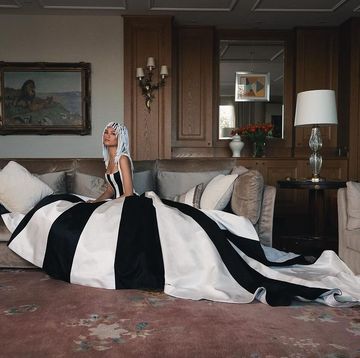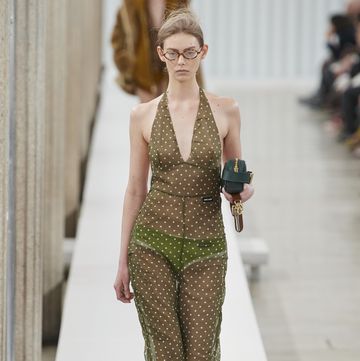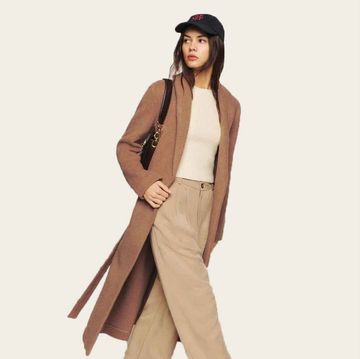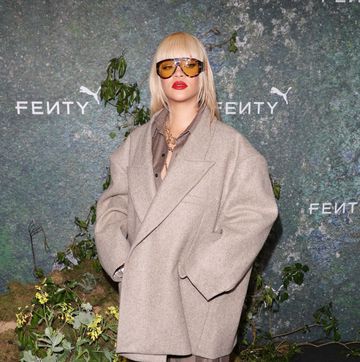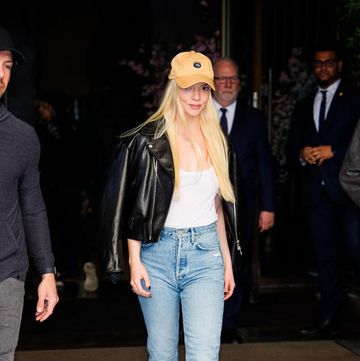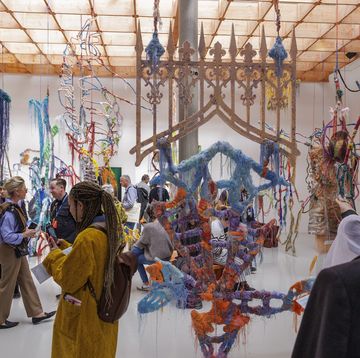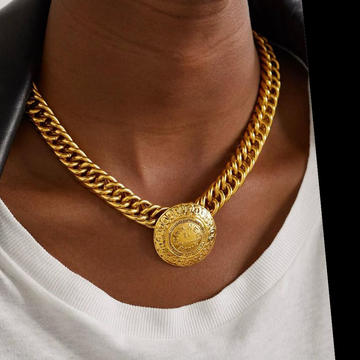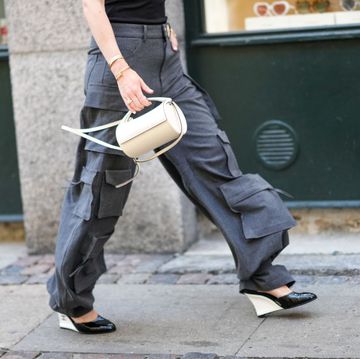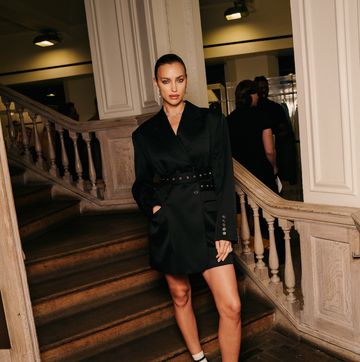The collection reduced to three thoughts by its creator: Three dimensions. Two lengths. And a play with colour, fired off Karl Lagerfeld in the scrum backstage.
He went on to describe those colours as violent pastels, but they might otherwise be described as apricot, mustard, pale blue, rust, nude, grey and the occasional splash of red.
This was a strong Fendi collection, with its shards or blocks of colour used to define the square side panels on structured skirts, the inside leg of a leather trouser, a collar or a waistband. This was the optical illusion Lagerfeld was referring to; he used colour to give a surreal, extra depth to these pieces.
As for the two lengths, hemlines kicked out or tapered above the knee, or plummeted to the ankle, as with those two lovely long dresses - one in mustard with the flyaway side panels or the other in apricot that fell in long easy pleats.
There were a few awkward looking coats with caped shoulders or a printed dress in the final line up with a few too many flaps protruding from the waist, but there were more than enough versatile pieces to make up for them: car coats, culottes, shirt dresses, shorts and zippered jackets.
What of the accessories? This being Fendi, a bag was sported with almost every look the punchy clutch dangling large dice, reminiscent of those you might see in a minicab windscreen (except in luxury cushioned leather, obviously) were a hit, as were the oversized colour-blocked totes. But it was the shoes for which, rumour has it, Nicholas Kirkwood was responsible. They were nothing short of inspired with their armour like three dimensions, meaning alternating slices of articulated leather up the front of the foot and a blocky heel at the back covered in resin spikes.
Backstage, Lagerfeld was asked why he is still inspired to do what he does. I love what Im doing, thats the best motivation you can have, said the icon. The best and only possible answer for a designer who remains utterly on his game.
.

